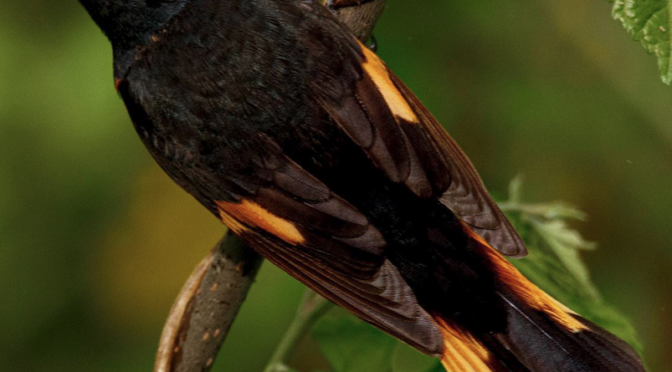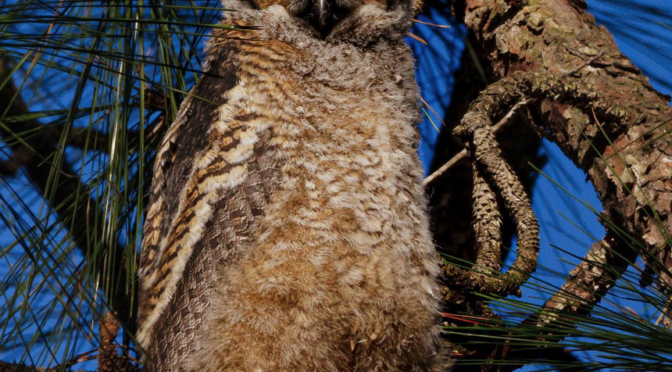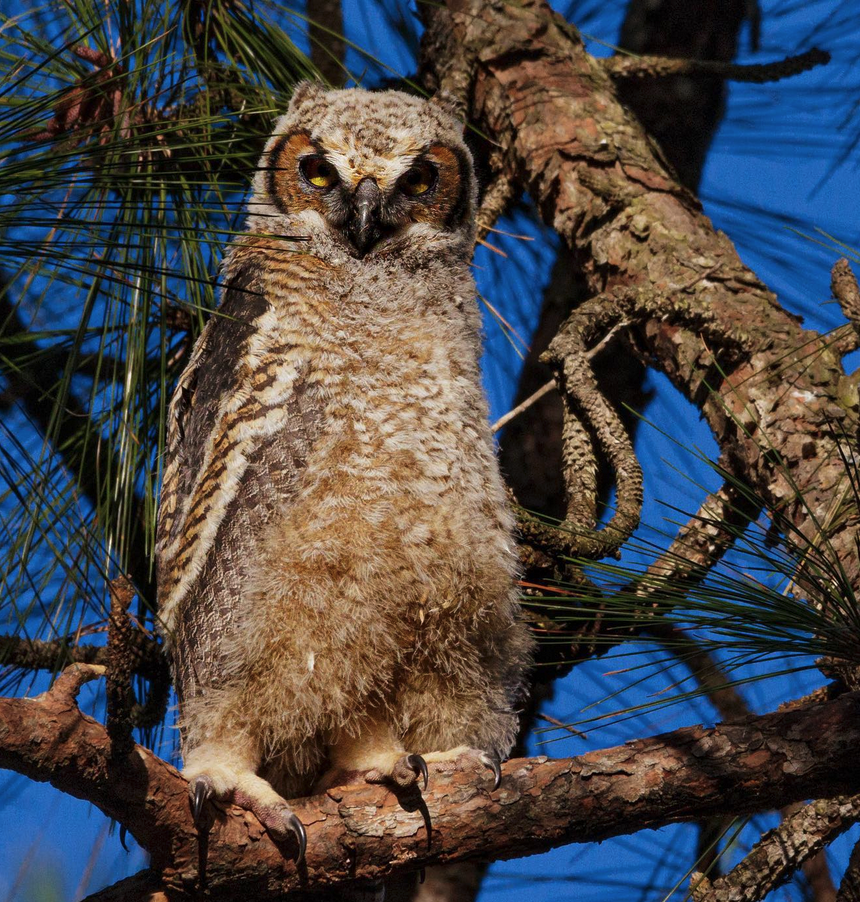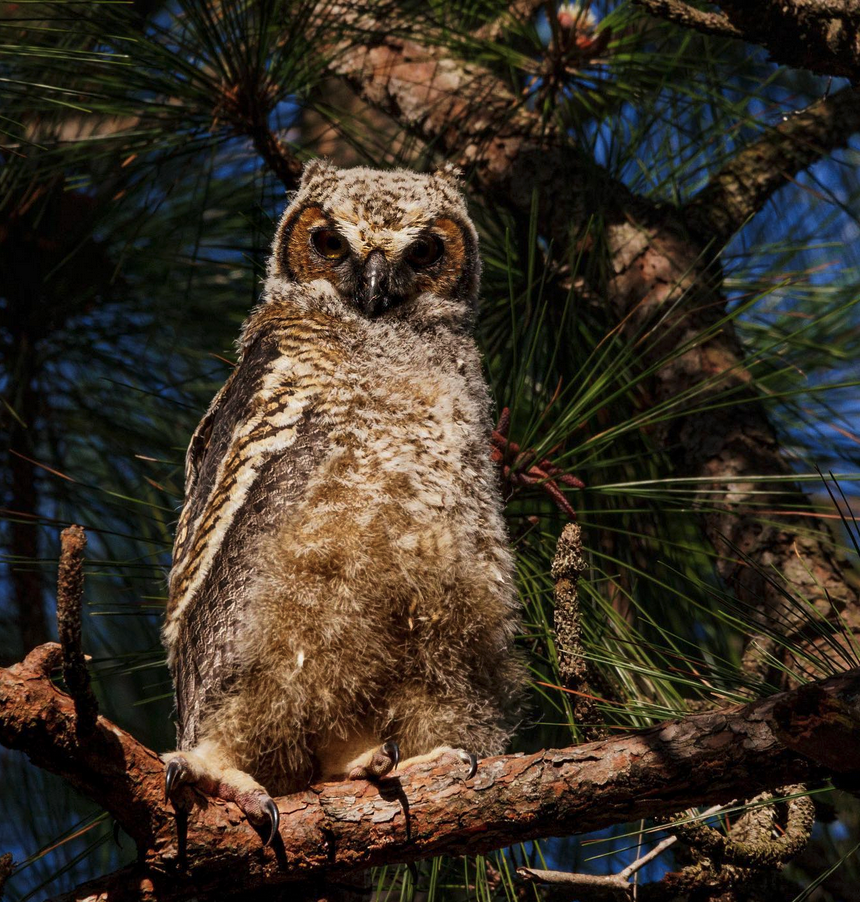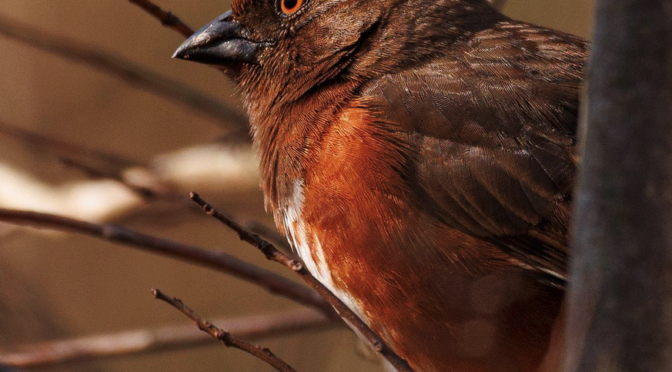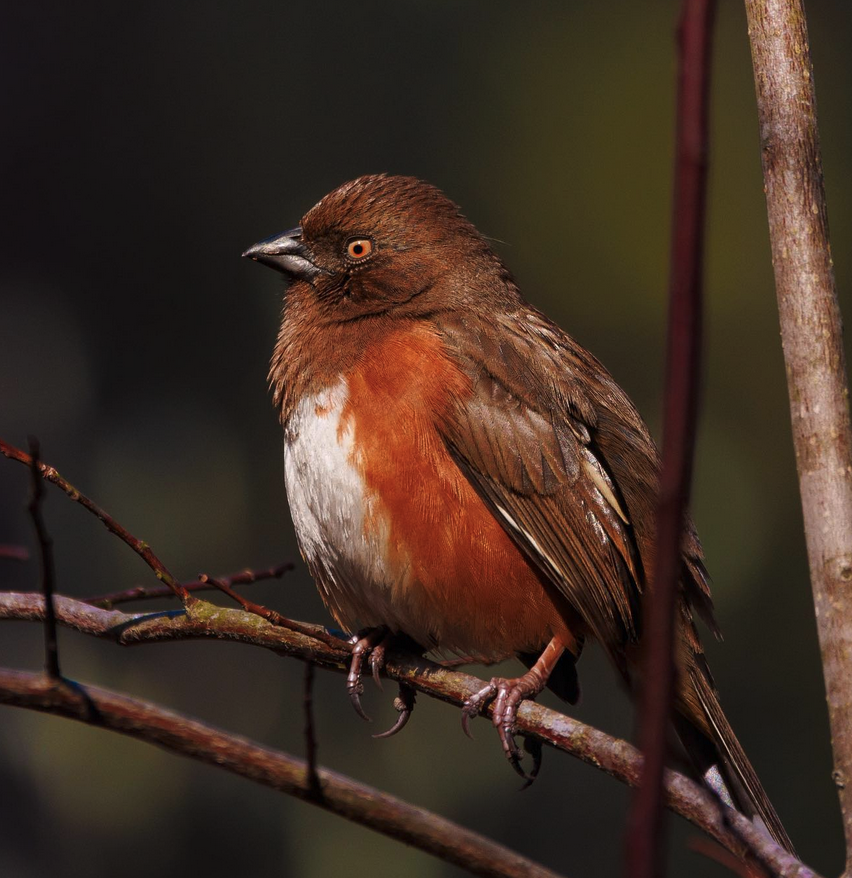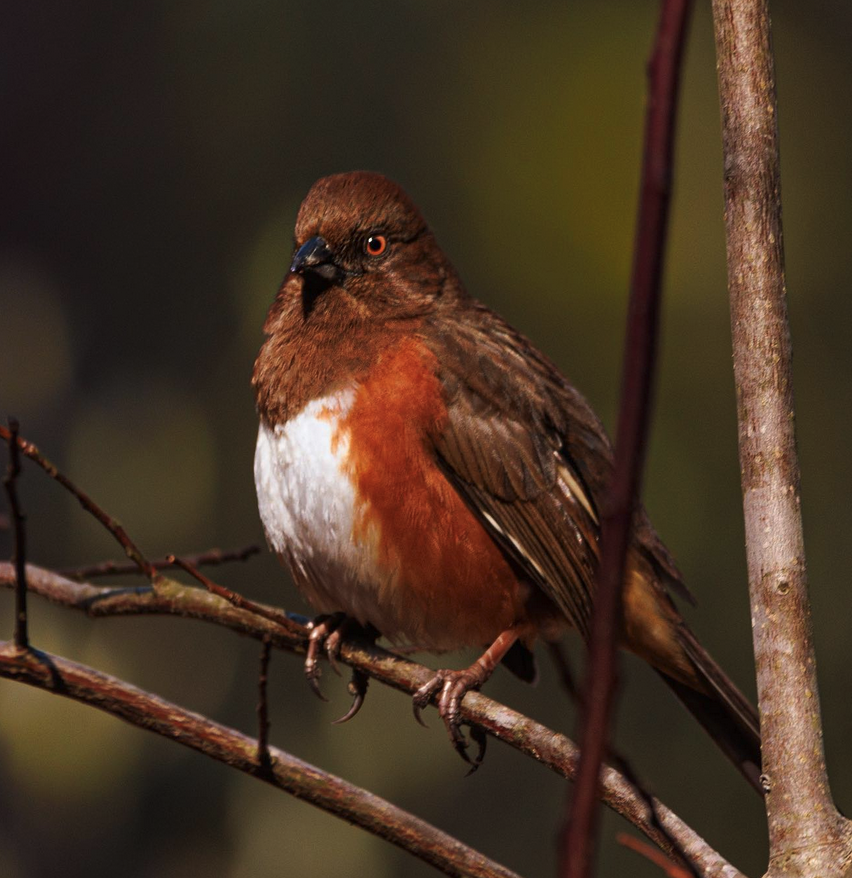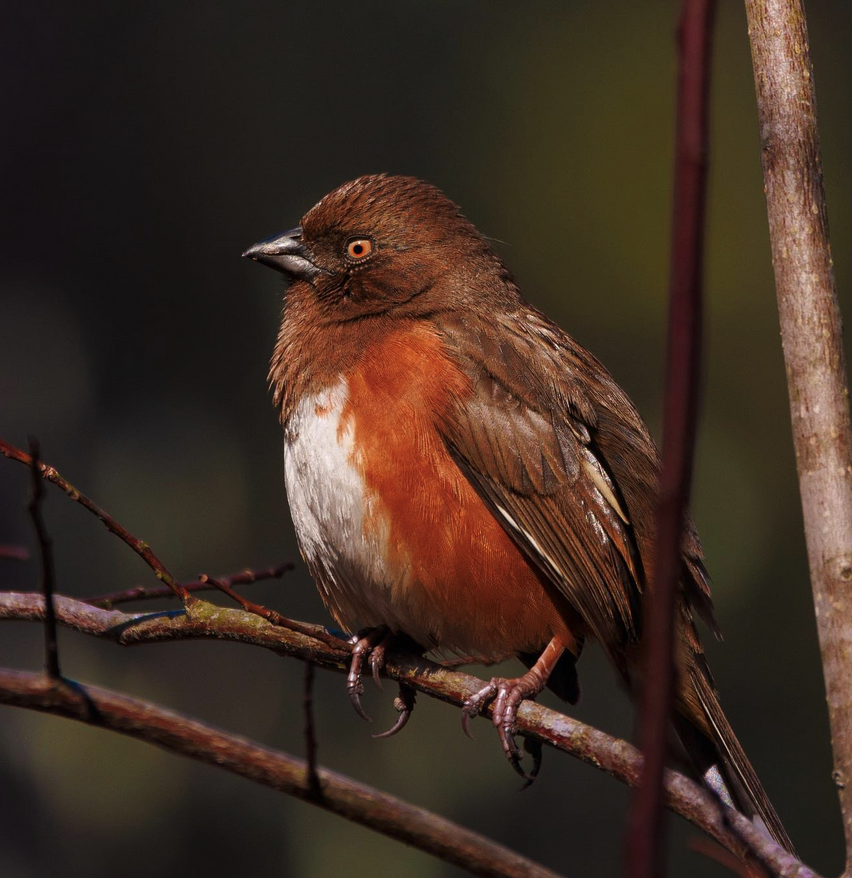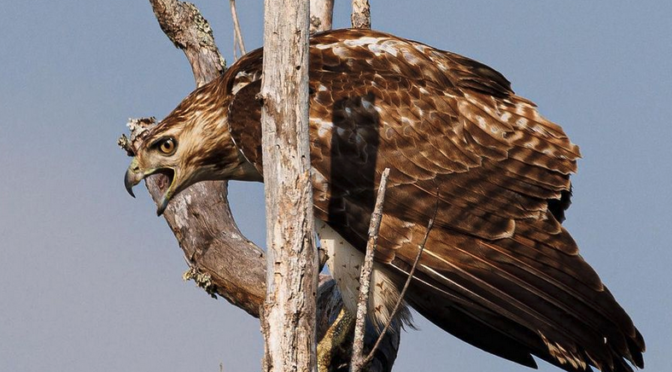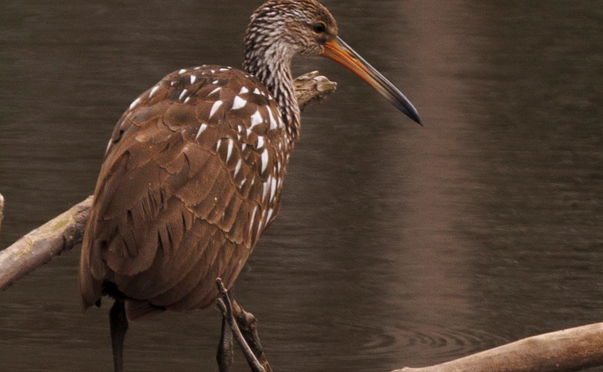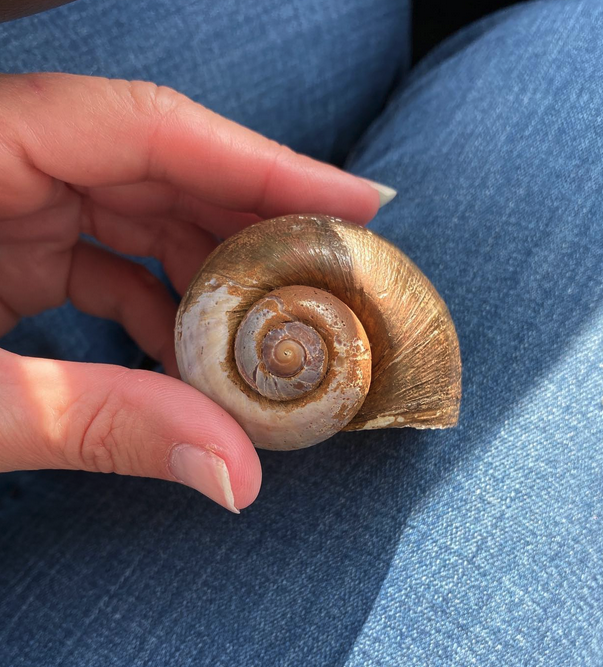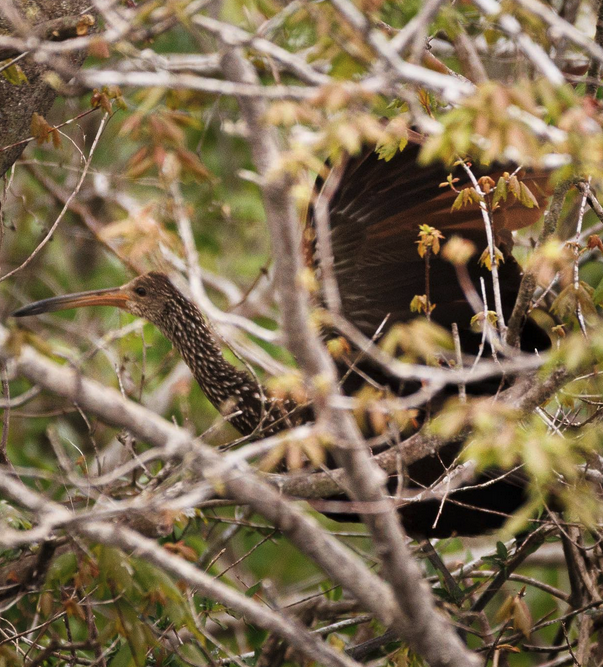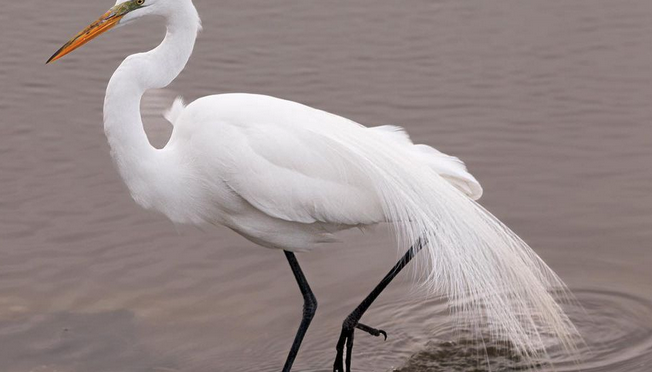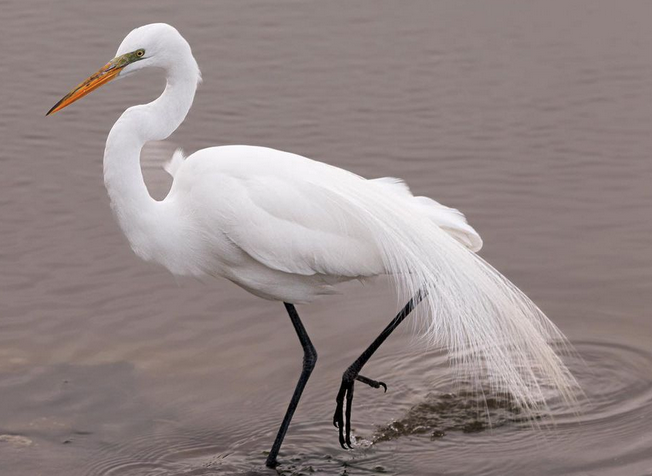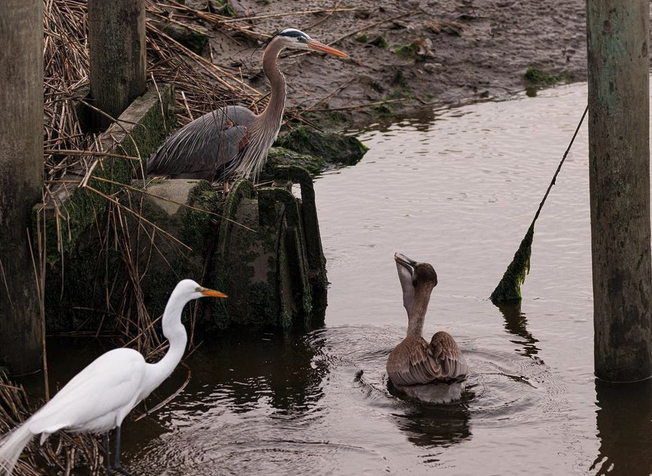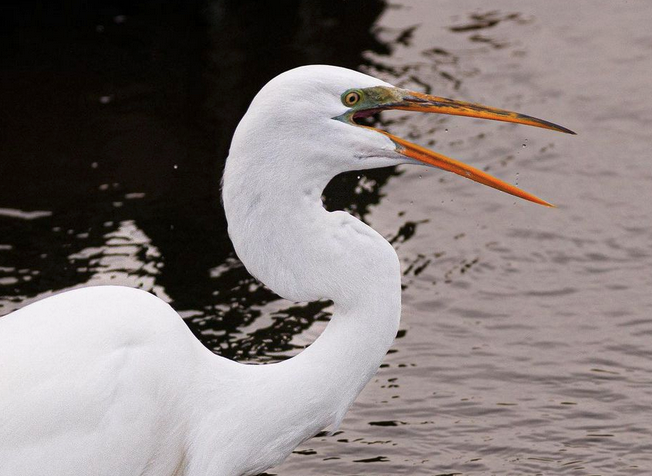By Sally Siko
Now that an autumn migration is underway, birders everywhere are on the lookout for species of southbound traveling Warblers making their way through the state.
Among the flocks of transient birds are species who will call North Carolina home first the winter.
One of my favorites is the Palm Warbler.

The nice thing about these little guys is that they tend to forage for a meal closer to the ground more so than other Warbler species.
*As seen in the last photo, keep in mind that sometimes they may be difficult to see as their camouflage game is strong in the grass lol!
Always on the lookout for a six or eight legged snack, Palm Warblers may be spotted in open fields, dense brushy areas and at the edges of forests. The best ID indicator is to look for their flicking/ bobbing tails as they make their way among the branches and grass.
Despite being named for a tropical tree, Palm Warblers actually spend most of their foraging time walking and hopping on the ground, or in low brushy undergrowth while randomly plucking at insects.
Weirder still, Palm Warblers nest in the boreal forests and bogs of Canada and although they do spend the winter in Florida, they don’t actually hang out in the Palm trees. Truly an odd name for a bird IMO.





Now that these beauties have returned to the Tarheel State to spend the winter you should have plenty of opportunities to find one over the next few months before the depart for their breeding grounds next May.
Look for them in short grassy fields or in semi open areas near water containing low dense, brush.
They’re also just as likely to visit your own backyard too.
Especially right after you’ve mown your lawn as all of the insects in your grass get stirred up after the cut 🙂
Photos by @sally_siko of @bestlife_birding captured on my mighty mirrorless monster, the @canonusa #R5













